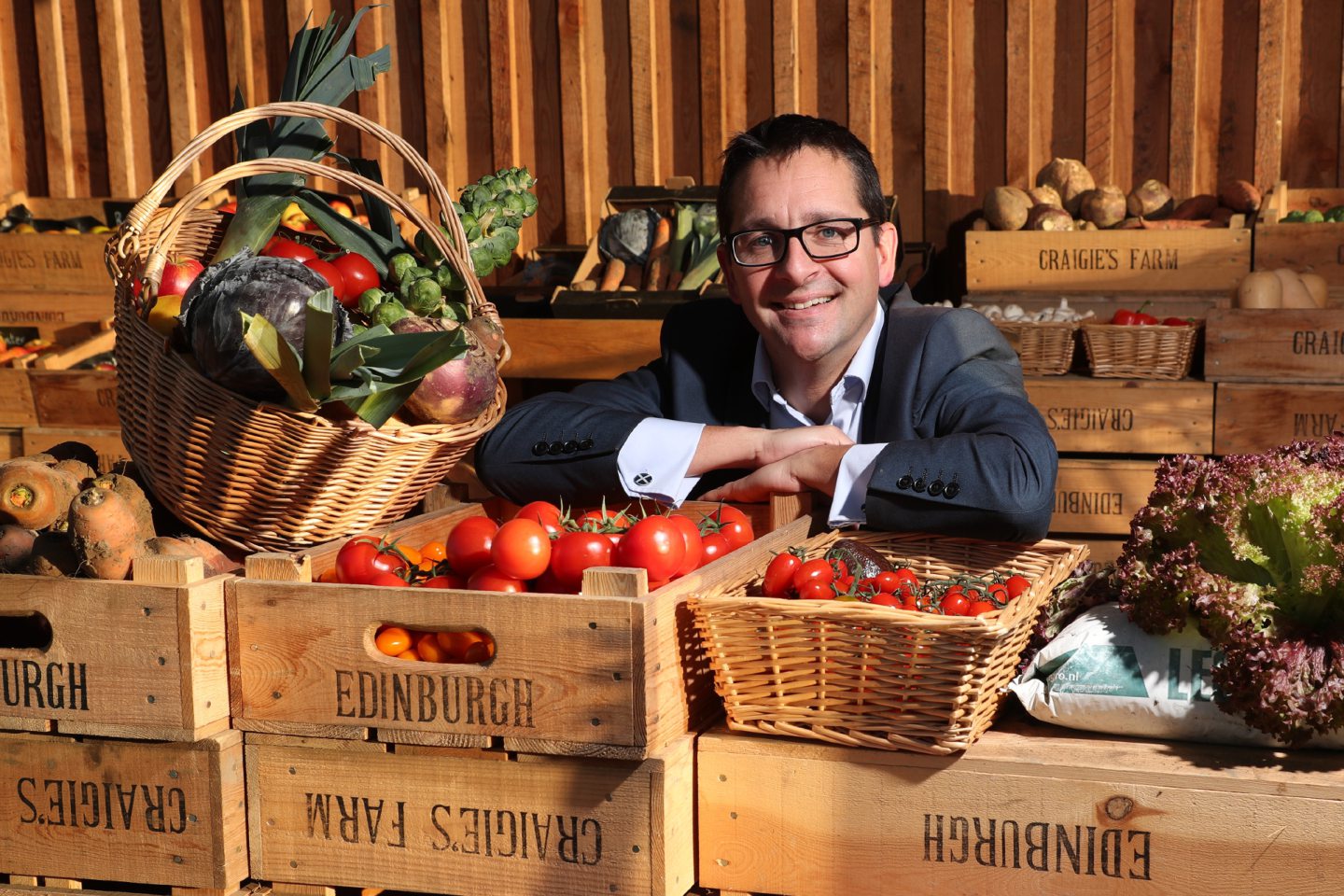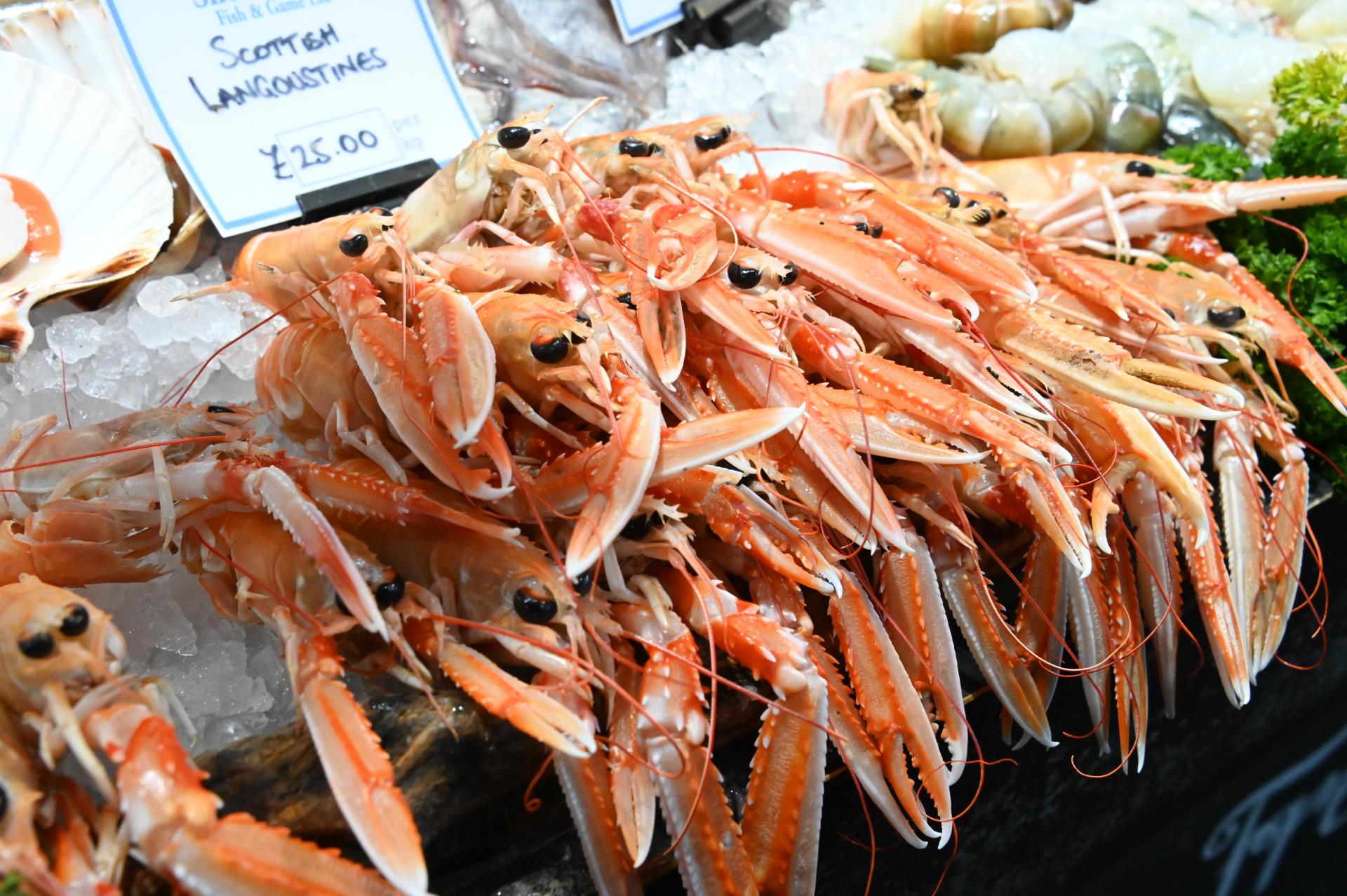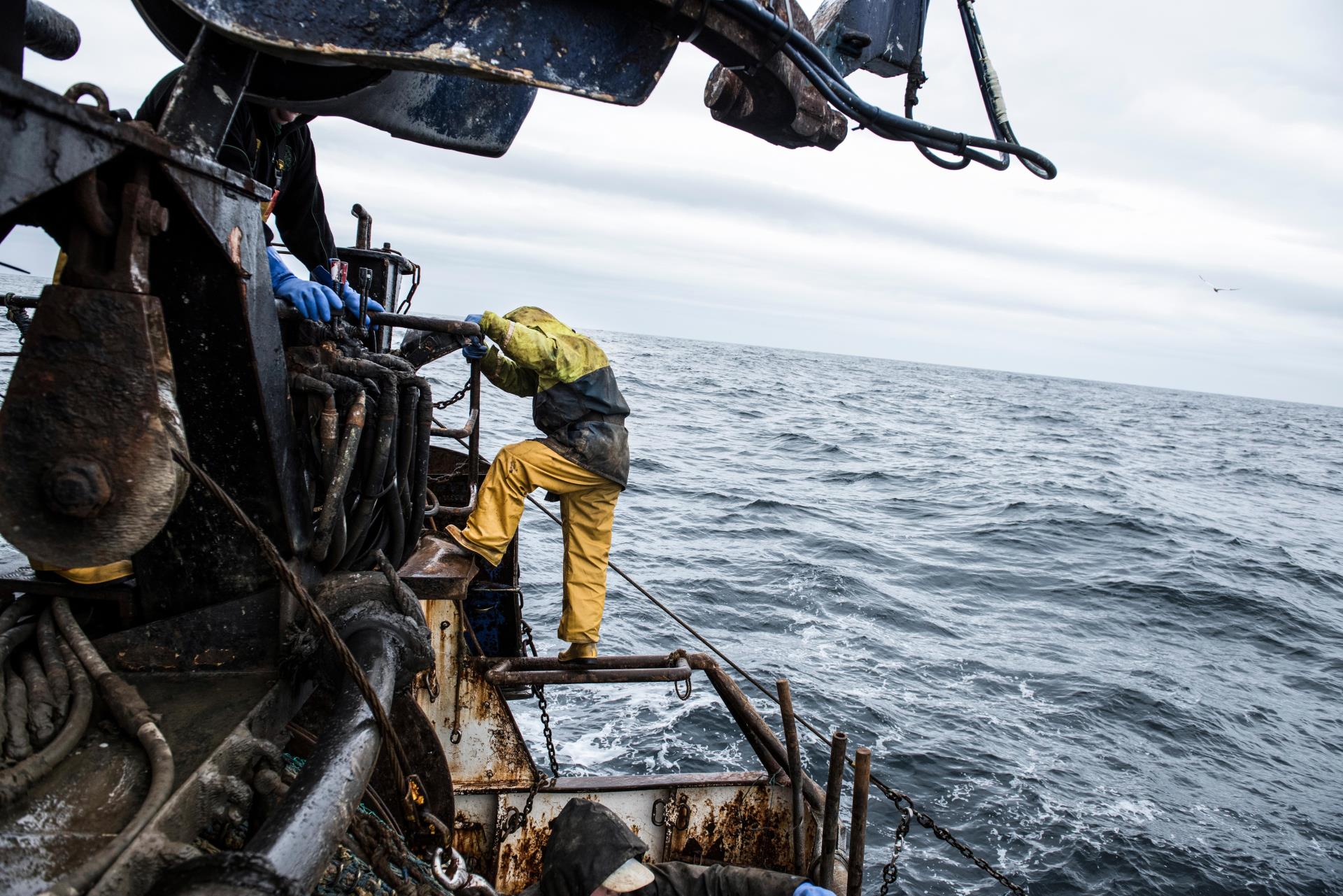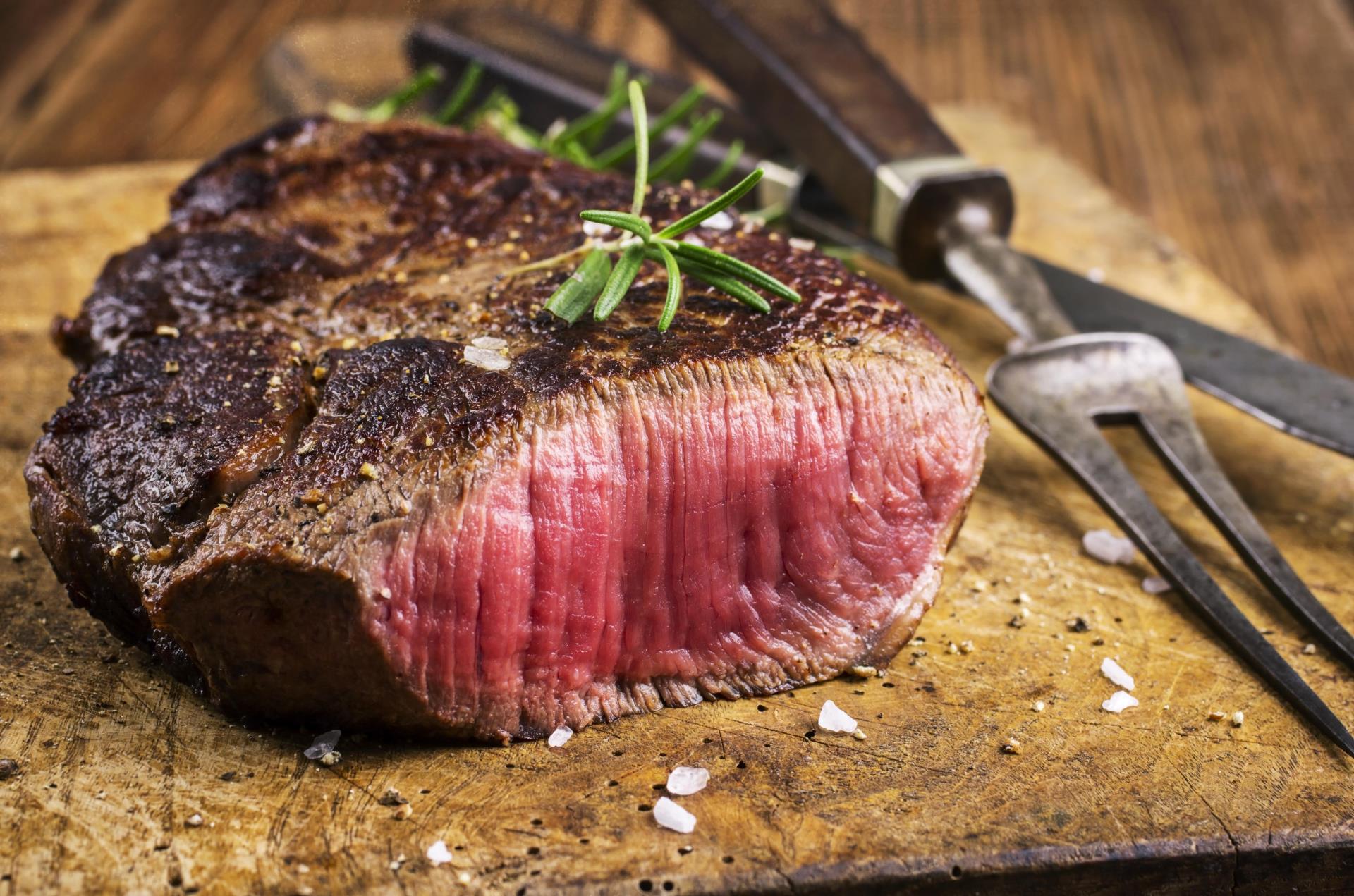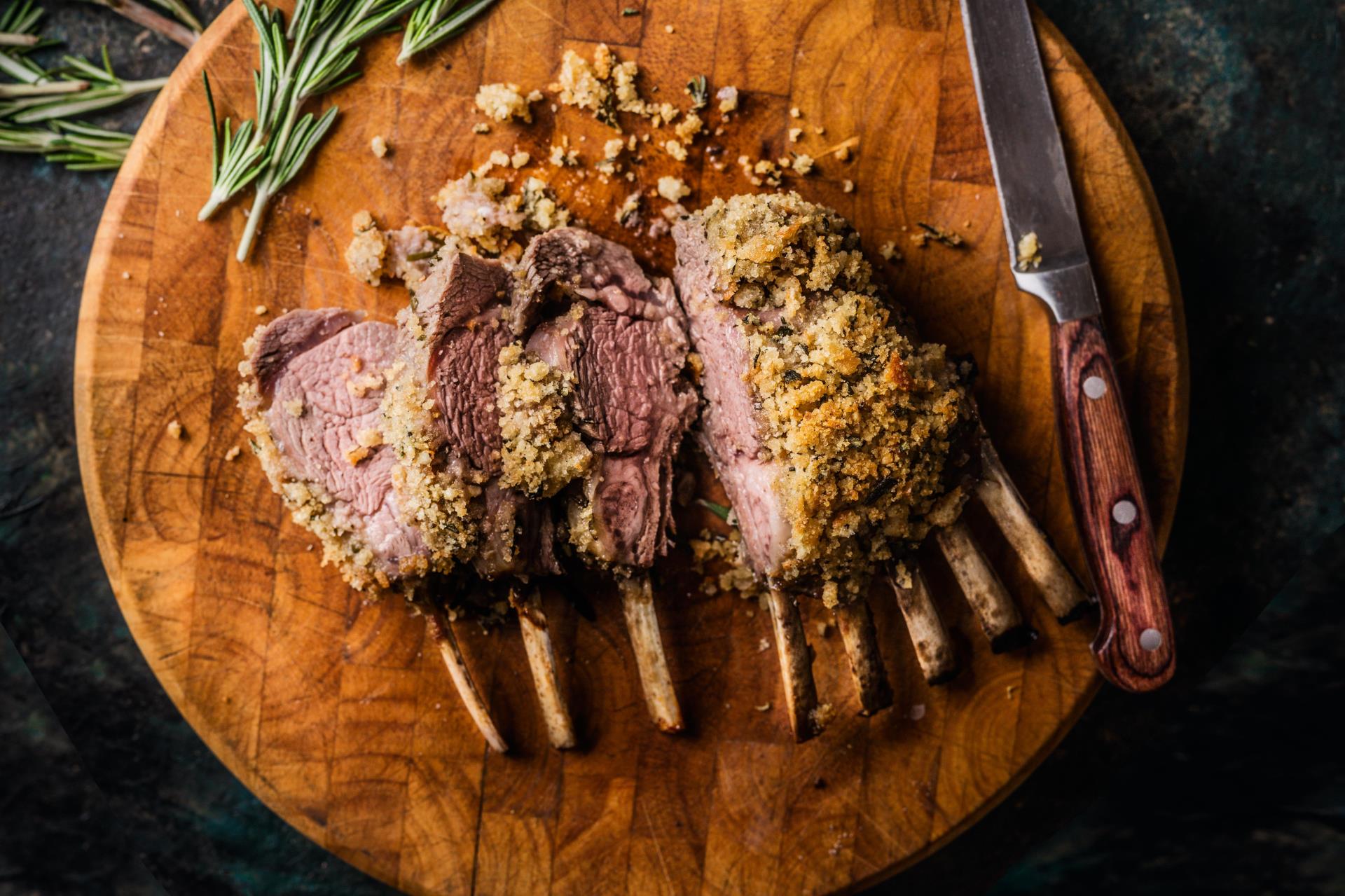As Brexit gets off to a bad start for food exporters, James Withers of Scotland Food and Drink says emergency financial aid may be needed.
Scottish food exporters are paying the price of a “ludicrous” decision by the UK government to waive checks on imports coming into Britain from Europe but not ask the same of the EU, says the chief executive of industry body Scotland Food & Drink.
After a first week since the Brexit transition period ended that has seen significant delays for some seafood exporters in particular, James Withers says it has been “a huge struggle”, adding that while companies have been quick to adapt, the lack of preparation during the transition period has cost the industry, and many others, millions of pounds.
With the UK government releasing a 12,064 page document outlining the do’s and don’t’s of Brexit on Hogmanay, Withers says the problems are no surprise, given the lack of time to test systems.
He said: “The first week started quiet with no surprises, but the two reasons for that were, one, it was the holiday period and Hogmanay can be quite quiet anyway, and two, there were a lot of businesses being spooked by the French borders closing in the run-up to Christmas so a lot of companies tried to avoid trading over the first few days.
“We definitely got a false sense of security in those opening few days and since Monday [4 January], trade volumes have been picking up and it has been starting to go wrong.”
Yesterday James Withers took to Twitter to report a worsening situation. He posted: “More messages from food exporters who are finding the door to the EU is now shut. Haulage firms won’t take their loads; bureaucratic/IT systems failing. A multi-billion pound trade system is being tested for the 1st time, in real time. And it’s going wrong.
He added: “Brexit, week one was bad. Week two will be worse.
“UK Govt’s dismissal of the request from us (and most main business orgs) for a grace period was a critical mistake. By this time next week, pressure to revisit that will be even greater. Emergency financial aid may also be necessary.”
🚨BREXIT UPDATE, Sunday
More messages from food exporters who are finding the door to the EU is now shut. Haulage firms won’t take their loads; bureaucratic/IT systems failing.
A multi-billion pound trade system is being tested for the 1st time, in real time. And it’s going wrong— James Withers (@scotfoodjames) January 10, 2021
Seafood – live testing new rules and regulations
For food and drink businesses, the struggle is very real, more so than initially envisioned.
One sector feeling particularly let down by the whole process is seafood, especially those operating in the shellfish division.
With tight turnarounds in place to ensure fresh produce lands in France within 24 hours, the chaos at the French borders over the festive period saw financial losses into the millions with produce having to be sent to landfill due to border closures which were put in place as a result of a variant coronavirus strain spreading in the UK.
James added: “Seafood exports are obviously much more time sensitive and need to be out of Scotland and in France within 24 hours. What would usually take maybe 12 to 24 hours are taking upwards of two or three days for sadly the reason we thought, which is that we had no time to test any systems.
“We are live testing [on] how to do business with new complex costly rules and regulations in place and that has been a massive, massive challenge.
BREXIT UPDATE, 10am, 8 Jan.
More & more reports coming in of hauliers halting group exports to the EU as of today (these are loads of different food products from different companies). A multi-million pound blow to our food industry. What an entirely predictable mess 😔 pic.twitter.com/8wtDq5p3pB— James Withers (@scotfoodjames) January 8, 2021
“It has been a huge struggle. We said that the two reasons the transition period wasn’t a transition period was one, everyone was dealing with a global pandemic and have just been trying to get through the week let alone thinking about what actually is the biggest change in our biggest market. Also, the fact that up until the last week before we entered into the transition period we didn’t have a deal. If you exported you didn’t know if you would be able to do business or not. Right up until the last few minutes of the transition period on Hogmanay, guidance was still being issued around what the deal meant for businesses and the paperwork required.
“There are still gaps in the paperwork which companies are trying to work through. Despite the fact ludicrously the UK had agreed to waive checks on imports coming into the UK from Europe, they had not asked the European Commission for the same in return and we’re starting to pay the price for that – seafood companies especially, after the nightmare year they have had and the nightmare before Christmas with the closure of the French border.”
Whisky – Rules of Origin Certification
High-end whisky has also been put under the spotlight with more information being found in the Brexit guidance which indicated it may be at risk and unable to enjoy the benefits of the free trade agreement negotiated.
This trade agreement allows exporters who can prove more than 50% of their product is made or manufactured in the UK the opportunity to avoid paying tariffs.
However, unsure of the origin of some malts more than 50-years-old, those in the industry are left not knowing if their products will be exempt or not.
James added: “It is a real quagmire. This was deep within the 12,064 pages of the deal that everyone was trying to get their heads around. With regards to food, a lot of trade deals are done far apart, for example China and the US or New Zealand and Europe. What you tend not to have is very individual supply chains.
“What you have on the food side with Europe, because we’re only separated by 23 miles across the English Channel, is a lot of products that will come over to the UK for processing and then head back to the EU. The deal has sections about grated cheese and what levels of further processing will then have an impact on tariffs. It doesn’t count, for example, if you’re bringing Parma ham into the UK, slicing it and sending it back. It would be subject to tariffs.
“On the whisky front, we should be ok. It is a bit of an unknown. The very high-end mark like your 40 or 50-year-old plus is huge in value, albeit naturally smaller in volume, so the hope would be they won’t be bunged up by asking for requirements which didn’t exist 40 or 50 years ago.
“They don’t have the same sort of shelf life challenges if there are delays at the port, albeit it is a slick supply chain and they have delivery slots they need to meet. Fingers crossed it won’t get hit too bad, but to be honest, every day that goes past someone digs a little deeper into a very complex deal which we got with seven days notice and finds something else. I don’t think there has ever been a trade deal done so quickly in history.”
US Tariffs
And now that the UK has left the EU, a new conversation about lifting the US tariff on Scotch whisky could be on the horizon as the UK Government looks to trade as an independent nation.
With James highlighting that around £400 million worth of trade has been lost so far, this is a matter Scottish whisky brands will want to see addressed.
“I think Biden coming into the White House has got to be good as he’s less volatile than Trump and he doesn’t like trade barriers and trade wars, so that is a bit of good news,” said James.

“Obviously we’re now separate from the EU, and this is where the spat was, but it is also about air aviation companies and we have those depots and plants in the UK so I’m not entirely sure if just exiting from the EU will be quite as simple for them to say this is no longer relevant for us.
“The real issue and source of information with the whisky tariff was that it was just lashing out at a random valuable product and had nothing to do with the original trade dispute. Hopefully, a change in US administration will allow the heat of this subject to drop a little bit so another discussion can be had.
“There’s no doubt that 25% tariff on single malts will have wiped out about £400 million worth of trade so far. If we can get rid of that, that would be good news. We’ve seen the tariffs go on products like Scottish shortbread. The UK Government seems to be prioritising that as an easy win as they want to get the UK being a new independent trading nation.”
The big picture
But it’s not just whisky and seafood that is of grave concern regarding Brexit. Each and every business which contributes to the £1.2 billion worth of produce exported to the EU must ensure it has the right practices in place to be able to trade effectively.
He added: “For anyone who sells anything to Europe life has become more complicated and has become more costly. It is going to take a lot of resource to work through. It isn’t exactly peak times for some of the red meat sales at the moment, but lamb is already heading into the continent this week after a bit of a pause on that trade. That is going to be more difficult although early reports suggest it is getting through.
“There are issues for companies importing products like Scottish veg and soft fruit businesses that, due to seasonality, import products when we’re not harvesting in Scotland.
“Again, any disruption at the port here in terms of getting trucks out will bung up their particular supply chain. We saw that in the run up to Christmas when the French border closed altogether that some of the Spanish hauliers were not willing to load fresh veg onto their lorries to come to the UK for fear that they wouldn’t make it.
“We sell £1.2bn of Scottish food to the EU every year. This is the single biggest market we’ve got and two-thirds of the food we have is sold to that market. The first pinch point is seafood at the moment and we’re going to have to get contingency plans the UK government talked about, like prioritising perishable shipments, so we don’t end up with real difficulty in the coming weeks and months.”
Looking forward
While the first week or so of Brexit hasn’t started off as well as many businesses and government bodies had hoped, looking ahead to what must be done to safeguard the trade opportunities with the EU is of vital importance.
Showing its tenacity and ability to adapt to a number of challenges, the food and drink sector has proven its resilience time and time again throughout 2020. And while Europe is Scotland’s biggest food and drink export market by far, there are other markets continuing to grow with interest, importing even more Scottish produce year on year.
James said: “We can’t talk ourselves into an abyss. This is an incredibly resilient industry. We showed that last year when our world got turned upside down. Fridges were still full, cupboards were still stocked. No matter what happens in the world people will always need food and drink. There are opportunities. Scotland has an unbelievable brand globally and increasingly at home.
“One of the legacies of Covid-19 is the increase of interest in the whole buy local ethos. On top of the fact there will be opportunities right across the world, too. Our sales to North America in the last 10 years have doubled, to the Middle East they’ve trebled, to the Far East they have gone up by a factor of seven or eight. The world loves wants what Scotland has got.
“Yes the fact that our biggest single market has become a lot more difficult is a blow, but this industry is talented enough and smart enough to work through that and I think the events of the last 12 months has probably set the sector back a couple of years. It will dust itself off and do what it does well which is being innovative, build its brand and it will find markets at home and overseas. We just need to build a bridge between this troubled period over to a more promising future which is out there.”
A spokesman for the UK Government said they are “working closely with the industry to help understand and address the issue”.
He added: “This includes ensuring that the UK and French systems are functioning properly.
“We are contacting exporters, their representatives and transporters to help them understand the requirements to keep their goods moving.
“It is vital exporters check they have entered in details correctly and ensure that they have provided the transporter of the goods with the correct documentation.
“We urge the Scottish Government to ensure they have appropriate staffing levels in place to certify documentation and ensure there are no delays to food exports.
“We have given the Scottish Government nearly £200 million to prepare for leaving the EU, to minimise disruption and guarantee business readiness.”
